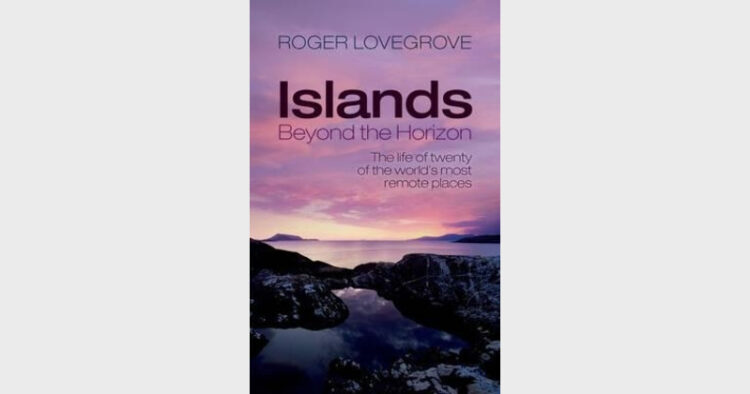Nidhi Mathur
Islands Beyond the Horizon, Roger Lovegrove, Oxford University Press, Pp 224 (HB), $ 29.05
THE author, renowned naturalist and RSPB Director of Wales for 27 years, recounts unforgettable tales of human endeavour, tragedy and heroism about islands which have experienced the impact of human settlers – such as the small island of Arctic hunters who were shipwrecked on tiny Halfmoon Island for six years. Most often, he reports on mankind’s negative impact: the exploitation of birds for food and the elimination of native vegetation for crops. He has visited the world’s most remote islands and thus is an expert on 20 most fascinating islands ranging from the ice-locked Wrangel in the Arctic to storm-bound South Georgia off Argentina; from the Mykines in Greece to the Polynesian archipelago of Tuamotu. He shows that whether it’s distant, offshore, inhabited or uninhabited, tropical or polar, each island is a self-contained habitat with its delicately balanced ecosystem of plants and wildlife and its own mystique and history.
Very large islands, such as Madagascar, are detached fragments of continents, separated millions of year ago when Gondwanaland broke up and all the constituent continents except Antarctica began to drift north. The British Isles likewise are continental in their geological origins. Small islands, however, are characterised by their physical limitations, emphasising their individuality and defining their vulnerability.
Of all the far-flung oceanic islands covered in this book, Wrangel Island, which supports a unique wealth of Arctic wildlife, has had a discontinuous history of human occupation, traceable back to 17,000 years BC at least and lies in the frozen Chukchi Sea. It is a mountainous island with its uncountable throng of seabirds and legions of sea mammals.
Chinijo Archipelago has an islet called Graciose which has a birdlife comprising stone curlews, Kentish plovers, trumpeter finches and spectacled warblers along with pipits and wagtails. Jan Mayem, with its volcanic origins, looks white and black and breeds ‘blue fulmars’ with dark grey plumage. “Everything here really is overwhelmingly black or white, with the exception of the scattered patches of moss-green,” says the author.
A Portuguese navigator found Ascension Island which is a precious treasury of rare seabirds, ancient reptiles and endemic flora. It has a massive rat population apart from frigate birds, boobies, tropic birds and noddies as also the sooty tern, known locally as ‘wideawake’ on account of the ceaseless calling of the birds in the colonies. Green turtles and hawksbill turtles can be seen foraging around the island.
Fernando de Noronha, liberally scattered with brilliant marigold flowers, supports extreme wildlife, terrestrial birds and seabirds like, frigatebirds, Noronha elaenia, virco and eared doves. Also found here are turtles, whose presence has encouraged the birth of TAMAR, a landmark marine conservation programme. What is best here are the dolphins which make for spectacular viewing.
There are 12 more tiny islands described thus in the book. What is common to many of them is that they are changing and will continue to change. Cruise liners can be seen with more tourists visiting them, which will undoubtedly change the islands’ priorities and perceptions.
(Oxford University Press, Great Clarendon Street, Oxford OX 2 6DP, UK)














Comments